The southeastern ibex inhabits Spain’s Sierra Nevada and adjacent ranges. Intermediate in size, it is smaller and lighter in colour than the Beceite and Gredos races but larger and darker than the Ronda form. Horn conformation varies widely: rams from the Sierra Nevada tend to carry the largest horns, while those from the Tejada‑Almijara mountains grow horns that curl into a circle with the tips pointing toward the neck, resembling a mouflon. The horn keel is smooth, producing a nearly round cross‑section.

Hunting the southeastern ibex is a demanding mountain pursuit. Seasons generally mirror those for other Spanish ibex, running from October through April, with peak activity during the November rut and again in early spring. Guides and hunters climb before dawn to glass craggy ridges, scree slopes and glacial cirques in the Sierra Nevada—a national park and UNESCO Biosphere Reserve characterised by more than twenty peaks over 3,000 m. Spot‑and‑stalk is the primary method; ibex feed early and late in the day and bed down in the heat, so successful hunters adapt to these rhythms and may use horses or cable cars to reach high basins.
Because the Sierra Nevada is protected as both a natural and national park and part of a UNESCO Biosphere Reserve, southeastern ibex herds benefit from large tracts of intact habitat. They are part of the Iberian ibex species complex, which overall numbers around 50,000 animals in Spain. Hunting is tightly regulated, with limited permits helping to maintain population density and genetic diversity while providing income for conservation and local communities. Managing disease (such as sarcoptic mange) and preventing hybridisation with domestic goats remain important conservation challenges.
Southeastern ibex range from high, snow‑covered peaks to lower foothills where almond orchards and terraced farms border the mountains. The variety in horn shape and size between populations reflects this broad range of habitats. Rams live in bachelor groups outside the rut and may move long distances between summer and winter ranges, while females and kids stay in smaller herds. Combining a southeastern ibex hunt with visits to Granada or the Costa del Sol offers hunters a blend of mountain adventure and Andalusian culture.
Southeastern Ibex can be found in the following location:
Southeastern Ibex has the following variations:
- (Varieties to be confirmed)
Start Your Adventure



